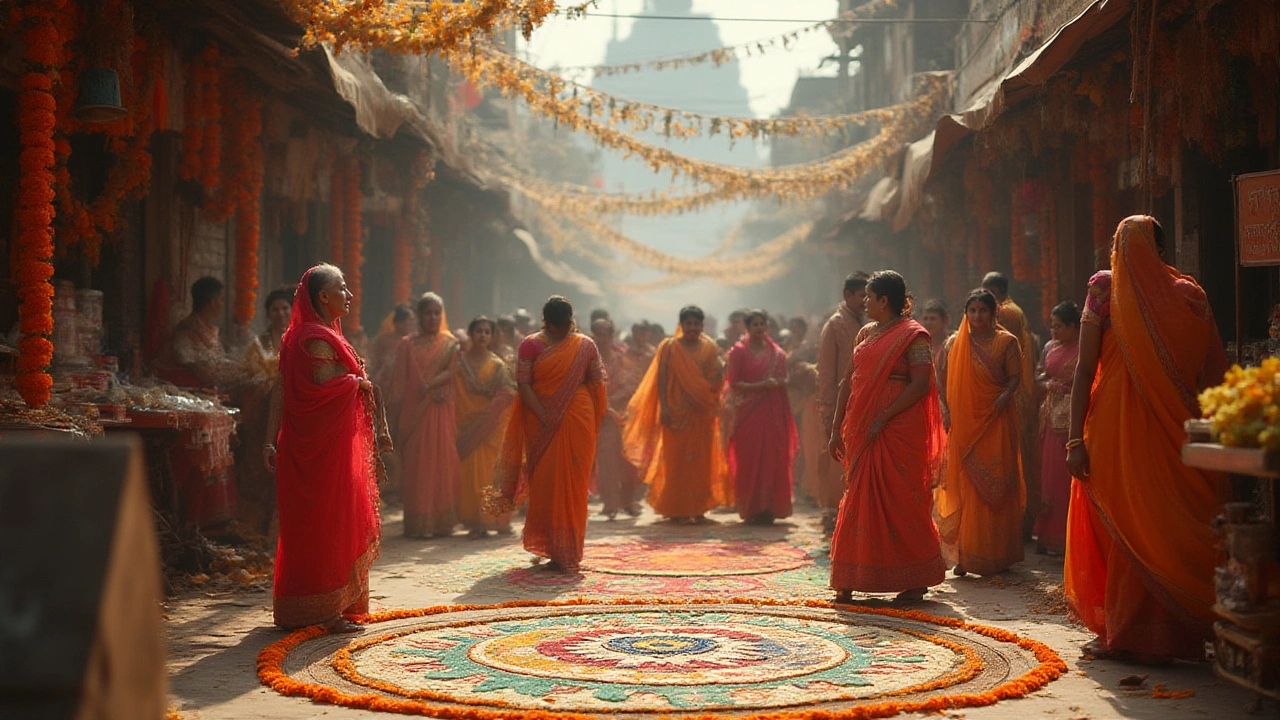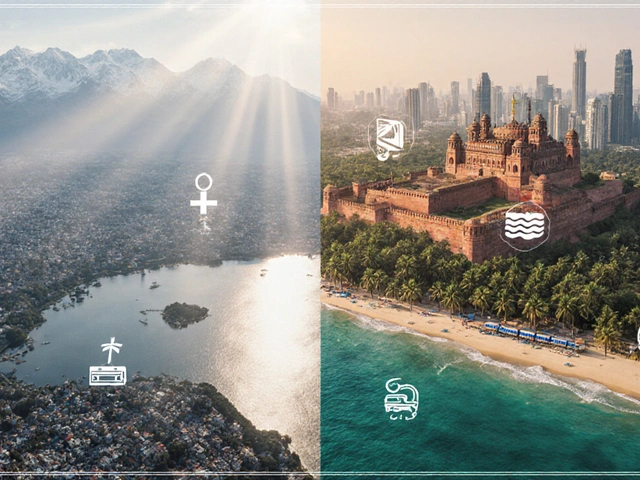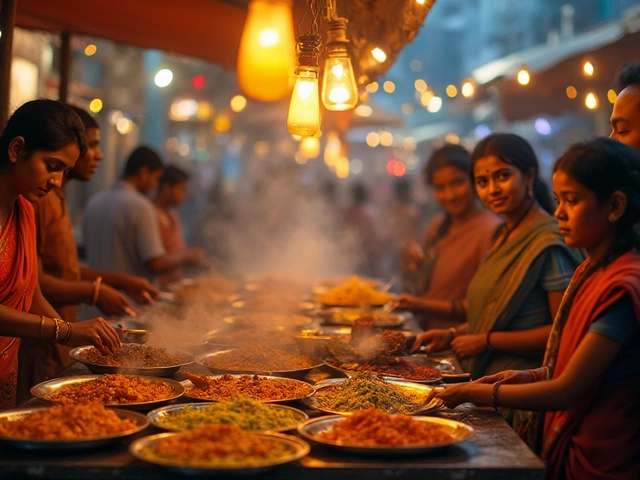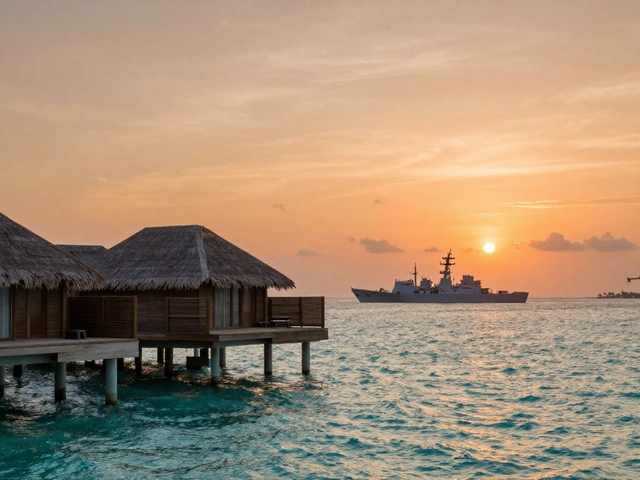Want to know something wild? India holds over one-sixth of the world’s population, and yet, if you ask what culture is mostly in India, the answer isn’t as simple as Hinduism or Bollywood. The true magic lies in how hundreds of traditions, beliefs, and lifestyles blend across ancient cities and modern villages, each leaving its fingerprint on what people eat, wear, celebrate, or even argue about. Here’s the thing: no other country throws as many colors at its “culture” canvas as India does.
The Foundations of Indian Culture: Religion, Language, and Ancient Roots
Indian culture often gets tagged with Hinduism, and it’s true — about 80% of Indians identify as Hindu according to the 2011 Indian census. But slide below the surface, and you’ll spot threads from Buddhism, Sikhism, Jainism, Islam, Christianity, and tribal beliefs tightly woven in. Hinduism itself isn’t one big block: there are thousands of gods, goddesses, and local traditions, some dating back over 4,000 years to the Indus Valley Civilization. Ever noticed how an Indian wedding can last a week and swing from serene Vedic chants to ear-blasting Punjabi drums? That’s centuries-old fusion in action.
People in India speak 22 officially recognized languages and about 1,600 dialects — but Hindi and English usually rule public life and pop culture. Walk around New Delhi, and you’ll hear a song in Hindi, a business deal in English, and street vendors chatting away in Punjabi, Bengali, or Tamil. There’s even a table of the most spoken languages at home in India:
| Language | Percentage of Population (%) |
|---|---|
| Hindi | 44.6 |
| Bengali | 8.1 |
| Marathi | 7.1 |
| Telugu | 6.9 |
| Tamil | 5.7 |
| Gujarati | 4.6 |
| Urdu | 4.2 |
| Other | 18.8 |
India’s sacred texts—the Rigveda, the Upanishads, the Ramayana—shape not just religious life, but ethics, art, and even politics. Have you heard of the peaceful Ashoka or the mighty Akbar? Ancient rulers used these texts as their guidebooks. Fast-forward to today, this influence turns up in movie scenes, politicians quoting Sanskrit slogans, and cricket stars doing yoga between matches. That blend of old with new is what gives Indian culture its unique flavor.
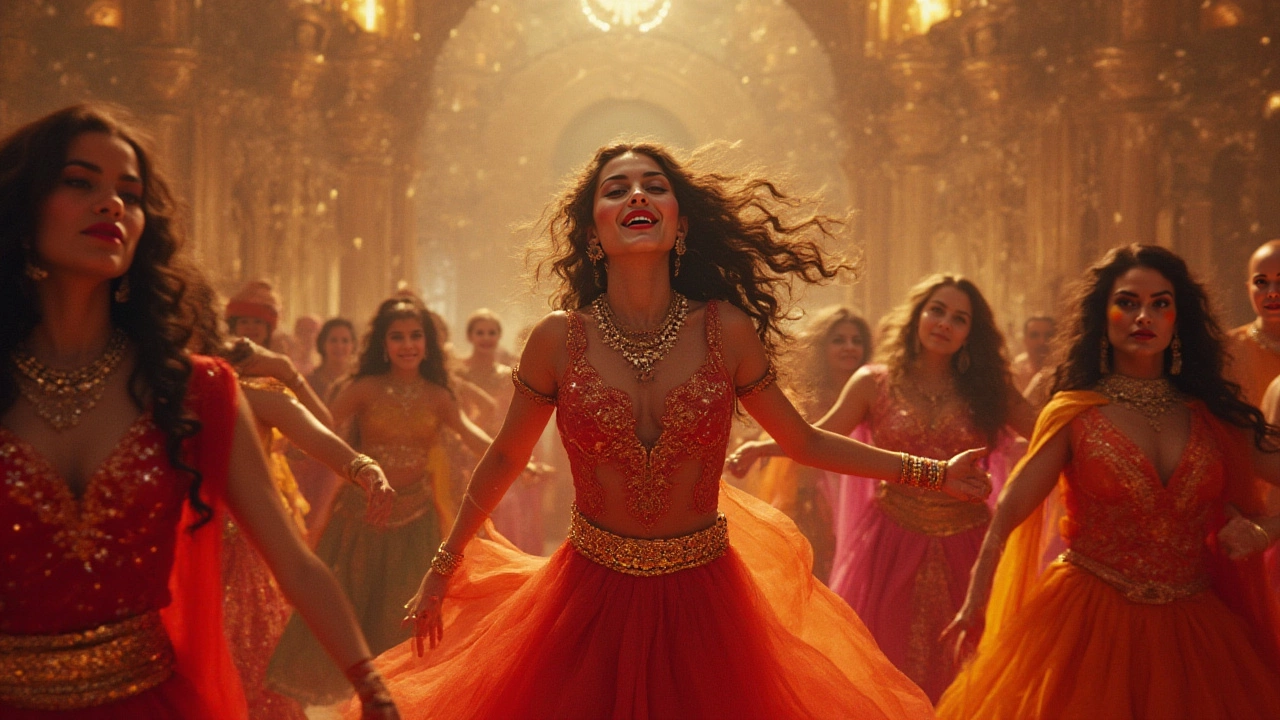
Traditions, Festivals, and Social Customs: Everyday Indian Culture
Open any calendar in India and you’ll run into dozens of festivals, some so local they only make sense in one neighborhood. The big ones—Indian culture really shows off here—are Diwali (the festival of lights), Holi (the festival of colors), Eid, Christmas, and Pongal. During Diwali, millions of oil lamps light up homes, sweets pile up on every table, and firecrackers burst into the night sky. Holi gets even wilder: people of all ages throw powdered color at anyone in sight, music pumps through every street, and buckets of water get dumped overhead. Never bring your best clothes to Holi, trust me.
Food is a festival all on its own—think spicy masala dosas in the south, buttery naan with Punjabi curry in the north, or sweet rasgulla in the east. Eating with your hands isn’t just allowed, it’s often considered respectful. Try a traditional thali (a steel plate loaded with rice, vegetables, curries, and bread), and you’ll realize how each tiny dish packs its own punch.
Hospitality is sacred. It’s a common saying that a guest is like god (“Atithi Devo Bhava”). If you visit an Indian home, expect to be fed to bursting and asked about your life story. The “Namaste” greeting isn’t just for yoga class—palms together, a slight bow—it’s the gold standard hello, showing respect and humility in temples, workplaces, and even on the streets.
Family comes first—multi-generational homes are still the norm in many places. Weddings are a full-blown production, sometimes with five separate events, horse parades, or even elephants. You might see arranged marriages and think it’s all about tradition. But dig deeper: lots of young people now help pick their spouse (with parents’ input) on Tinder or Shaadi.com, blending new tech with old customs.
India’s caste system—once a rigid social ladder—still leaves its mark, though the grip is loosening in cities. Modern laws ban discrimination, but old habits die hard, especially in rural areas. Still, you’ll find people from every background chatting in cafés, working in IT, launching startups, and sharing memes about Bollywood stars.
The arts scene is an explosion—dance forms like Bharatanatyam or Kathak lean on thousand-year-old footwork and stories. But walk into a club in Mumbai and find teenagers mixing hip-hop with classical ragas or watching a Bollywood flick where heroes dance in Paris and Jaipur in the same song. India even has more movies produced each year than Hollywood (over 2,000 on average), with audiences that cheer, whistle, and dance along in their seats.
Clothes tell their own tale. Sari for women, kurta-pajama for men—it’s classic, but jeans, t-shirts, and sneakers are everywhere too. Some places, people still wrap their heads in turbans or drape a cotton dhoti, while others are all about athleisure brands. Different states have signature looks (think: Rajasthani colorful turbans, Kerala’s white and gold saris), and fashion weeks in Delhi pull designers from both ancient hand-loom villages and glitzy urban streets.
One quirky tip: in places like Varanasi, don’t be surprised by cows wandering the main road—they’re sacred in Hinduism, and you’ll see them lounging everywhere from temple steps to highways.
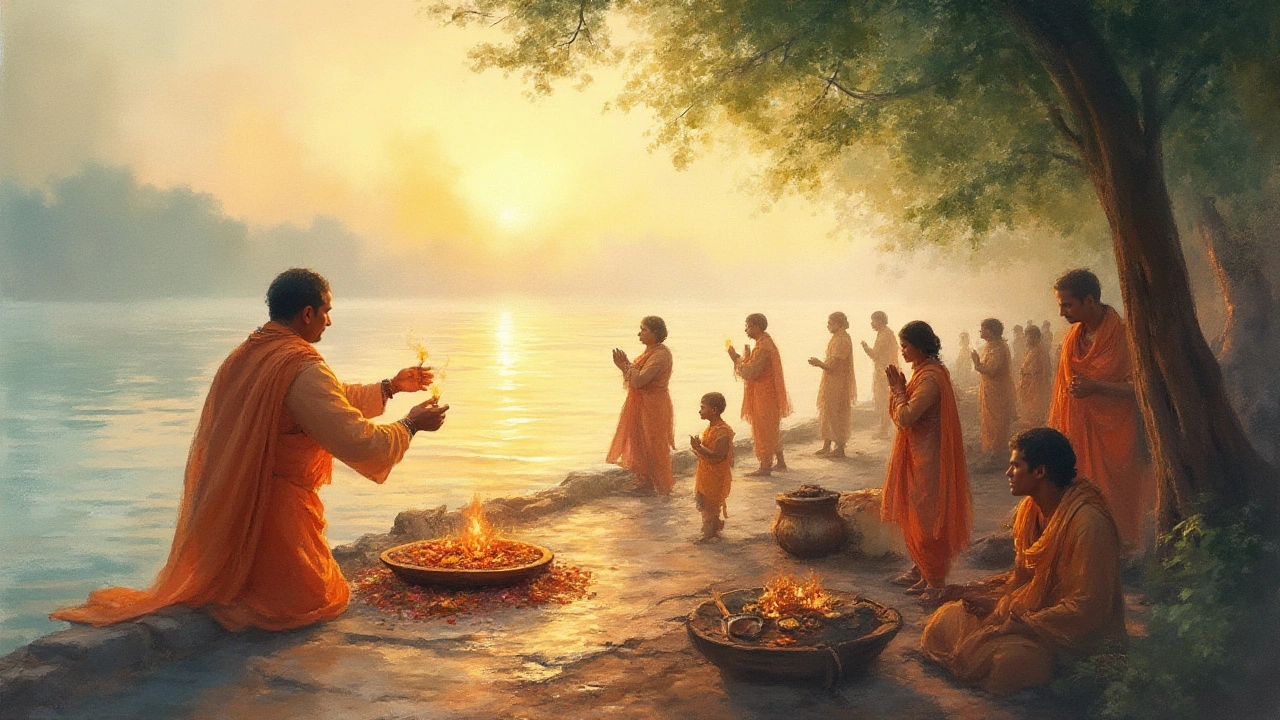
Modern Influences and Cultural Shifts: India Today and Tomorrow
India isn’t stuck in the past. Walk through Bengaluru’s tech parks and you’ll meet the world’s youngest programmers building AI tools for Silicon Valley. Pop over to Goa during Christmas, and beaches thump with EDM festivals run by local teens and German DJs. Cities like Mumbai, Pune, and Hyderabad have a startup energy that’s led India to become the world’s third-largest startup ecosystem as of 2024. But here, ancient and modern don’t fight—they throw a party together.
Social media has changed things up fast. Instagram and YouTube influencers create fashion trends that race from New York to Jaipur in days. Cricket is still king—over 600 million tuned in for the 2023 IPL finals—but football, basketball, and even esports have growing followings.
Street art in Delhi tackles climate change and gender equality. Bangalore restaurants serve vegan dosas and sushi rolls next to filter coffee. Pride parades, unheard of ten years ago, now fill city centers as younger generations push for rights and visibility for LGBTQ+ communities. Urban women are smashing ceilings, running companies, and dominating STEM fields, even as grandmas still gossip over tea about family matchmaking.
One study in 2022 found that about 34% of Indians had tried online dating—a huge leap from a decade ago. But Sunday lunches with family? Still sacred. Even the smallest towns have smartphones, streaming Netflix and K-dramas alongside classic Bollywood love triangles—not everyone agrees, but that’s the point. Debate and diversity are part of daily life, from political street rallies to dinner table spats about which cricket player deserves glory.
Outside the big cities, things look different but just as complex. Visit Ladakh up north, and you’ll see Tibetan Buddhist monks spinning prayer wheels, while the south of Kerala hosts massive temple festivals with decorated elephants. Tribal villages in Odisha preserve centuries-old dance rituals, while the northeastern states of Nagaland and Mizoram host rock music contests that would make Nashville jealous.
India’s culture isn’t just about what’s held onto, but what’s up for grabs. Yoga, once mocked as ‘old-fashioned,’ now sells out classes from Delhi to Los Angeles, and Indian authors like Arundhati Roy and Salman Rushdie grab global literary prizes while street poets jam in Hinglish under neon lights. Standup comedy has exploded in urban cafes, with young comics riffing on arranged marriages, tech layoffs, and the politics of who pays for chai.
If you want to get a real feel for Indian culture, head to a local chai shop just before sunset. You’ll hear a debate about the next election, see a smartphone livestream of a cricket match, smell spicy samosas, and spot a holy man in saffron robes next to a college student in ripped jeans. That’s the real answer to “What culture is mostly in India?”—it’s all these things together, constantly shifting but always full of life and color.
